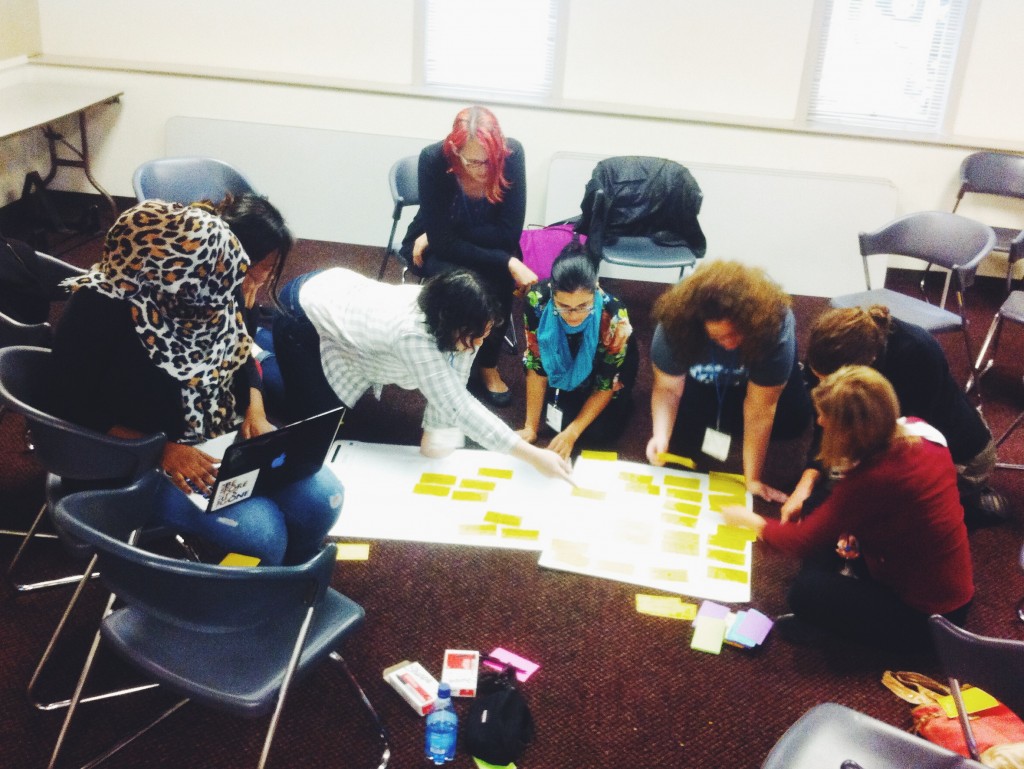Newsletter #4: sent!
(and archived if you missed it)
Work-wise: joining a great line-up of speakers in a webinar on financial transparency, getting articles cross-posted far and wide, implementing policies in real life and working on a multitude of projects I can’t say more about just yet. So stay tuned!
Links-wise: how offense discourse traps us into inaction, a broken Congress, the radical political history of the photocopier, a new flossing technique and Queen Latifah.
If you are not yet a subscriber: subscribe now!

